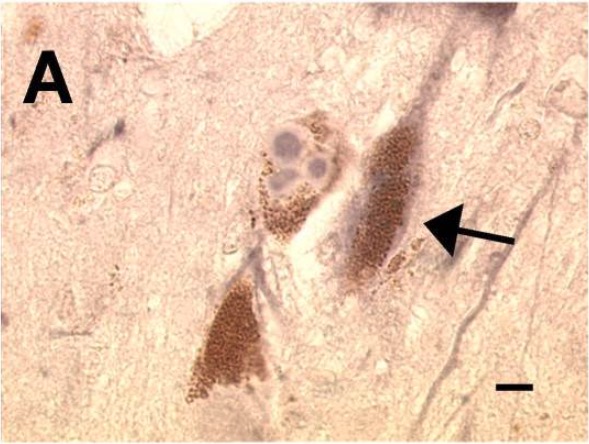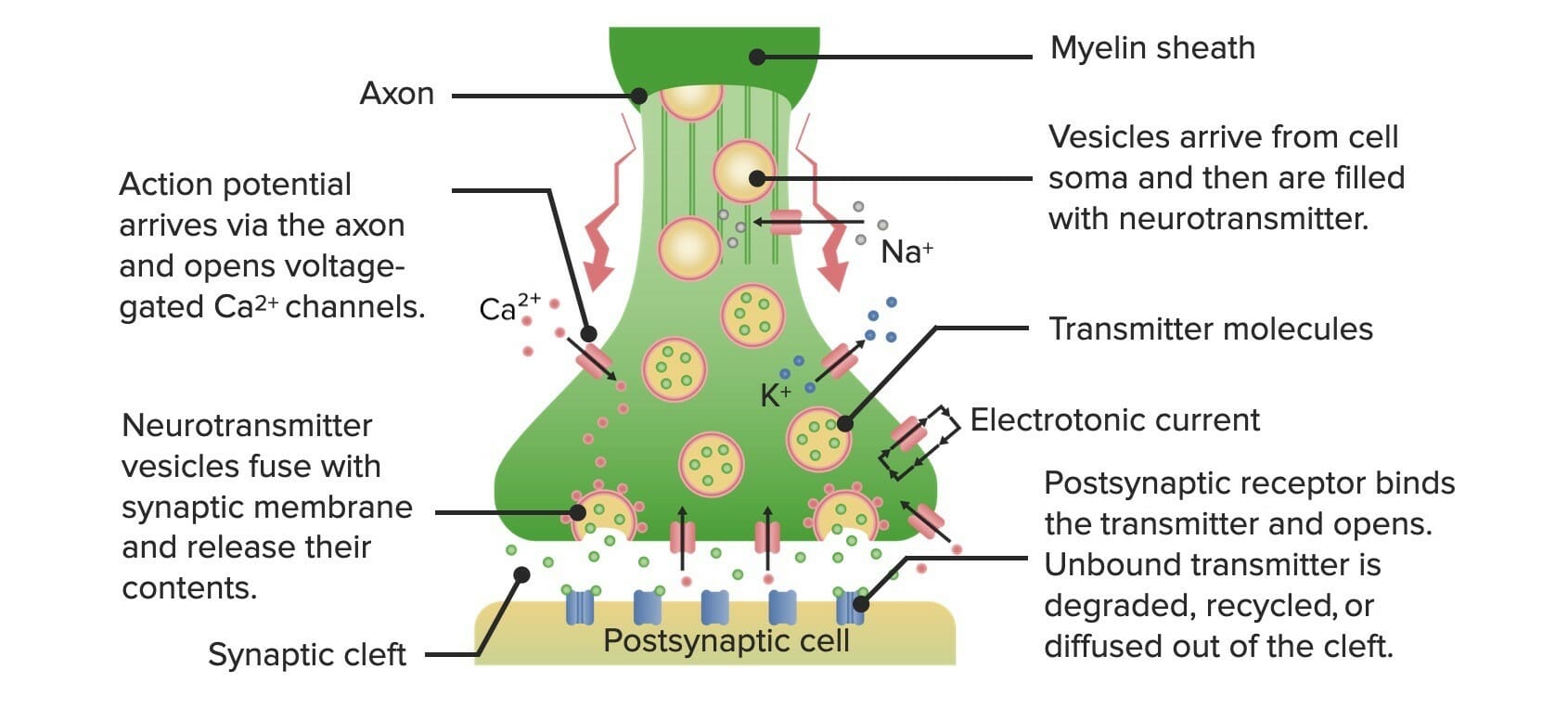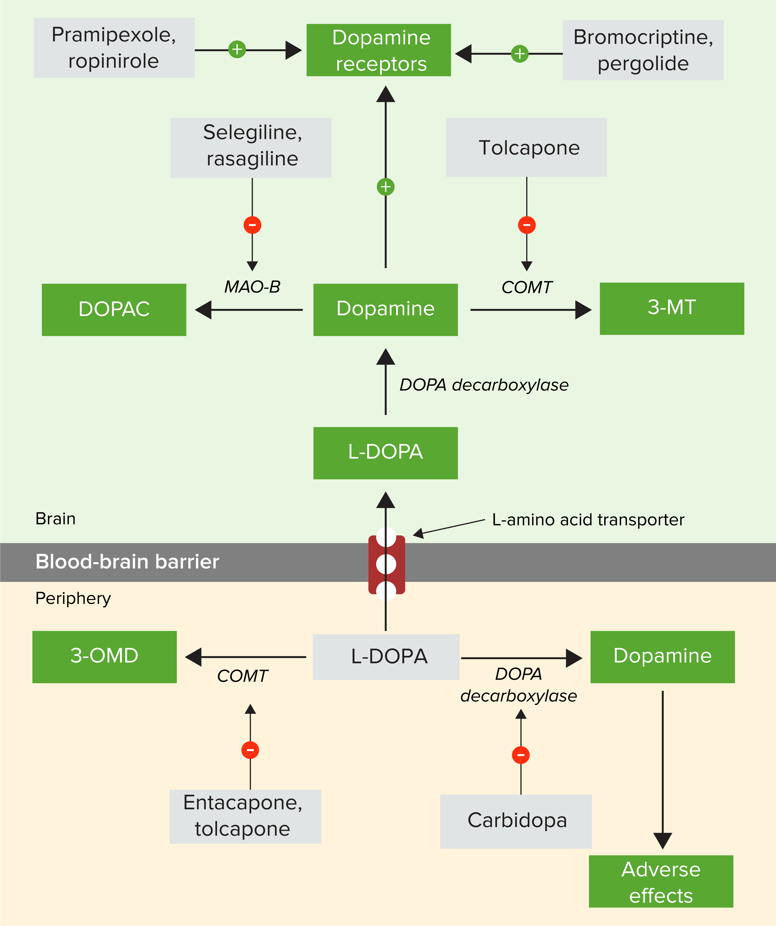Playlist
Show Playlist
Hide Playlist
Amantadine and Anticholinergics – Medication of Movement Disorders
-
Slides Amantadine Anticholinergics Medication Movement Disorders.pdf
-
Reference List Pharmacology.pdf
-
Download Lecture Overview
00:01 Now, there are other drugs that we talk about when we use anti-Parkinson medications. 00:10 Amantadine is actually anantiviral that was originally used to treat or prevent influenza. 00:15 Through an unknown mechanism, we improve bradykinesia in a short term. 00:21 Side effects. Anorexia, nausea, vomiting. Postural hypotension. Now, interestingly enough, it does not cause dyskinesia. 00:31 The unique effects about amantadine. Acute toxic psychosis. Livedo reticularis which is a type of skin rash. 00:42 And urinary retention. Once again, we don't know the mechanism of how this is happening. 00:50 Anticholinergics are also used in Parkinson disease. Benztropine, orphenadrine. These are antimuscarinic cholinergic agents. 00:59 They are used in reversible extrapyramidal symptoms of the antipsychotics like acute dystonia. 01:06 So, we often think of them as an antidote. We use them in combination with other medications. 01:12 It improves the positive symptoms. So, tremor and rigidity are improved in Parkinson's disease. 01:19 Now, I talked about negative and positive symptoms with schizophrenia, but perhaps I should just briefly cover what negative and positive symptoms are in Parkinson's disease. A negative symptom is a lack of movement. 01:31 A positive symptom is more movement. And we have a very specific kind of pill rolling tremor that you see in Parkinson's disease that usually occurs at rest. But then as soon as you ask them to touch their nose, the tremor disappears. But when they're at rest, it's this kind of a movement. That's a positive symptom. 01:52 It does not improve negative symptoms. So, bradykinesia is not really improved with these medications. 01:58 Side effects. Anorexia, nausea, vomiting, postural hypotension and dyskinesia. 02:04 There are also some insomnia and mood change effects that can occur with this medication. 02:10 So there you have it. The drugs used to treat Parkinsonian diseases.
About the Lecture
The lecture Amantadine and Anticholinergics – Medication of Movement Disorders by Pravin Shukle, MD is from the course CNS - Pharmacology. It contains the following chapters:
- Amantadine
- Anticholinergics
Included Quiz Questions
A man presents to the emergency room with schizophrenia-like symptoms. He is belligerent, combative, and raving about aliens in his room. Moments after treatment with haloperidol, he complains of muscle rigidity and cannot seem to turn his head from an abnormal, twisted posture. What is the most appropriate next step in the management of extrapyramidal symptoms?
- Benztropine
- Increased dose of haloperidol
- Bromocriptine
- Buspirone
- Amantadine
Which statement is CORRECT about amantadine?
- It is used in the treatment of bradykinesia associated with Parkinson disease.
- It is used in the treatment of some bacterial infections.
- It causes severe extrapyramidal symptoms.
- Renal dose adjustments are not required in patients with renal failure.
- It is an effective antipsychotic agent.
Customer reviews
5,0 of 5 stars
| 5 Stars |
|
5 |
| 4 Stars |
|
0 |
| 3 Stars |
|
0 |
| 2 Stars |
|
0 |
| 1 Star |
|
0 |







